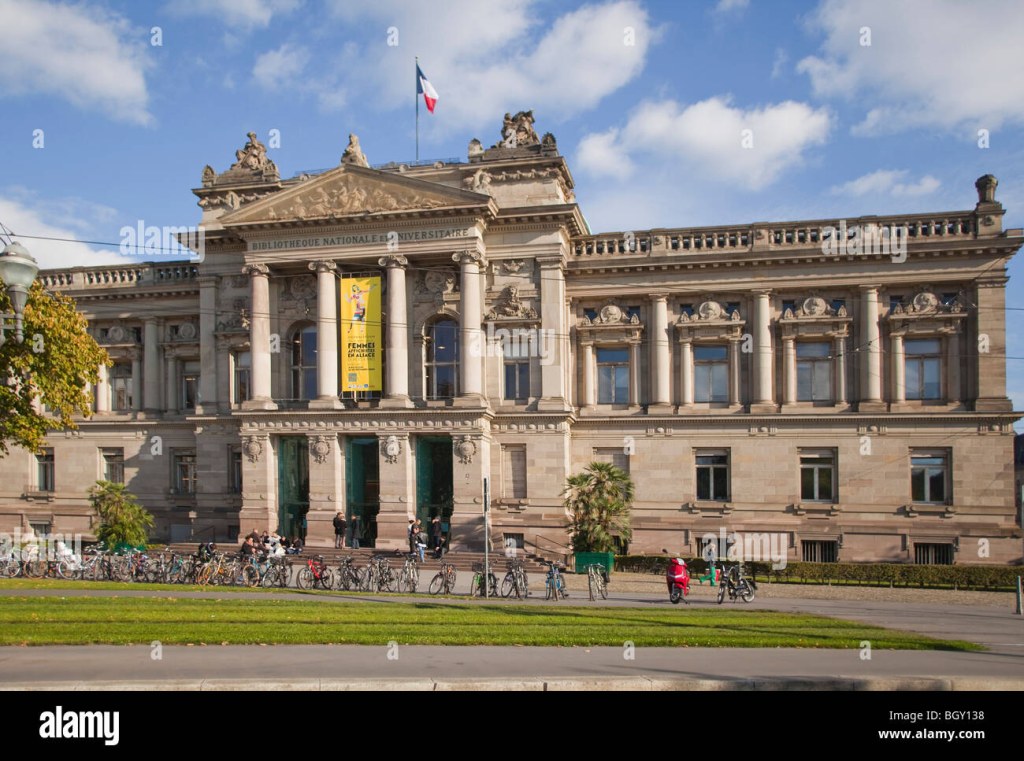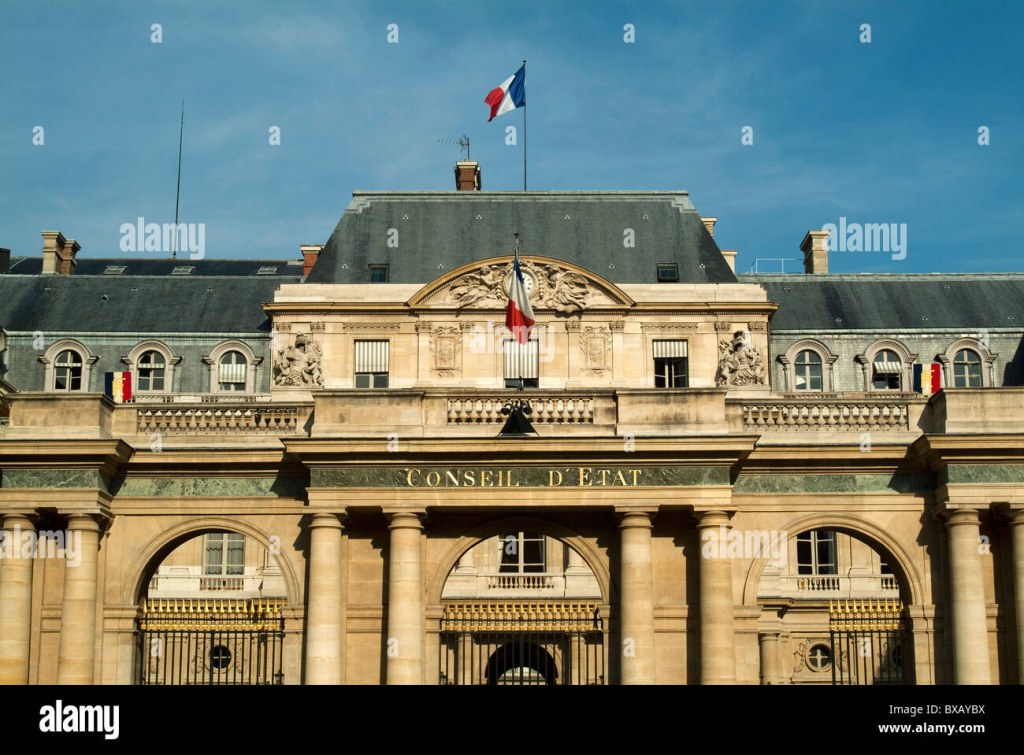French Political Building: A Symbol of Democracy and Power
Introduction
Dear Readers,
Welcome to our informative article on French political buildings. In this piece, we will explore the significance and history of these iconic structures that have played a crucial role in shaping France’s political landscape. Join us as we delve into the what, who, when, where, why, and how of French political buildings, examining their advantages and disadvantages, answering frequently asked questions, and urging you to take action. Let’s begin!
Overview of French Political Buildings

Image Source: alamy.com
Located in the heart of France’s major cities, French political buildings serve as vital centers of power and symbolize the country’s democratic values. These architectural marvels house the government bodies that make important decisions, shape policies, and represent the interests of the French people.
French political buildings are not limited to a single structure but encompass a collection of buildings that serve different functions. These include the Presidential Palace, the National Assembly, the Senate, and various ministries, each playing a crucial role in the governance of the nation.
Let’s explore the main aspects of French political buildings in more detail:
1. What are French Political Buildings?

Image Source: alamy.com
French political buildings are architectural landmarks that serve as the administrative centers of the French government. These structures represent the country’s commitment to democracy, power, and the rule of law. They house the offices and meeting rooms of key political figures and institutions.
🏛️
For instance, the Élysée Palace in Paris is the official residence of the French President, while the Palais Bourbon is home to the National Assembly, the lower house of the French Parliament.
2. Who Designed and Built French Political Buildings?
🏰
The design and construction of French political buildings involved the collaboration of renowned architects and skilled craftsmen. These individuals combined their expertise to create structures that reflect the grandeur and magnificence associated with French politics.
One notable architect involved in the construction of these buildings is Gustave Eiffel, known for his design of the iconic Eiffel Tower. His contributions can be seen in the structural elements of various political buildings.
3. When Were French Political Buildings Constructed?
🗓️
The construction of French political buildings spans several centuries, with some structures dating back to the medieval period. However, many of the existing buildings were constructed during the 19th and 20th centuries, reflecting the architectural styles prevalent during those times.
For example, the Palais Bourbon was built in the 18th century, while the Palais du Luxembourg, housing the French Senate, was constructed during the 17th century.
4. Where Are French Political Buildings Located?
🌆
French political buildings are situated in prominent locations within major cities, symbolizing their significance in the political landscape. In Paris, several political buildings, such as the Élysée Palace, the Palais Bourbon, and the Palais du Luxembourg, are located in close proximity to each other, forming a political hub.
Additionally, other cities in France, such as Marseille, Lyon, and Strasbourg, also have their own political buildings where regional governance takes place.
5. Why Are French Political Buildings Important?
❗
French political buildings hold immense importance as they serve as the physical embodiment of the democratic principles upon which the French Republic was built. These buildings house the institutions and representatives responsible for governing the nation and making decisions that shape the lives of its citizens.
Moreover, French political buildings are also significant from a historical and cultural perspective, representing the rich heritage and legacy of France.
6. How Do French Political Buildings Function?
⚙️
French political buildings function as the operational centers of the government, where elected officials, administrative staff, and supporting personnel carry out their duties. These buildings facilitate the collaboration and decision-making process necessary for effective governance.
Various functions, such as parliamentary sessions, committee meetings, and the signing of important documents, take place within the premises of these buildings, ensuring the smooth functioning of the political system.
Advantages and Disadvantages of French Political Buildings
Now that we have explored the key aspects of French political buildings, let’s analyze their advantages and disadvantages:
Advantages:
1. Promotes Democracy: French political buildings symbolize and reinforce the democratic values that form the foundation of the French Republic.
2. Architectural Marvels: These buildings showcase the architectural prowess and artistic heritage of France.
3. Centralized Decision-Making: The proximity of various political buildings in major cities facilitates efficient decision-making and governance.
4. Historical Significance: Many political buildings have witnessed significant historical events, adding to their cultural and historical value.
5. Tourist Attractions: French political buildings attract tourists from around the world, contributing to the country’s tourism industry.
Disadvantages:
1. High Maintenance Costs: The maintenance and upkeep of these grand structures can be financially burdensome.
2. Limited Accessibility: Due to security measures, access to certain areas of these buildings may be restricted to the public.
3. Vulnerability to Threats: Being important centers of power, political buildings are potential targets for security threats.
4. Symbolic Divide: Some argue that the grandeur of these buildings creates a symbolic divide between the political elite and the general public.
5. Historical Preservation Challenges: The preservation and restoration of aging political buildings require significant resources and expertise.
Frequently Asked Questions (FAQ)
1. Is the Élysée Palace open to the public?
Yes, the Élysée Palace offers guided tours to the public, providing a glimpse into the President’s official residence.
2. How often are presidential elections held in France?
Presidential elections are held every five years in France.
3. Are all political buildings located in Paris?
No, political buildings can be found in various cities across France, representing regional governance as well.
4. Can tourists visit the French Parliament?
Yes, visitors can explore the Palais Bourbon and attend parliamentary sessions as observers.
5. Are there any female politicians who have resided in the Élysée Palace?
Yes, Édith Cresson served as the Prime Minister of France and briefly resided in the Élysée Palace in the early 1990s.
Conclusion
In conclusion, French political buildings stand as testaments to the democratic values and rich history of France. They serve as the bustling hubs where important decisions are made, policies are shaped, and the voice of the people is heard. From their architectural marvels to their historical significance, these buildings continue to captivate the world and inspire all who visit them.
We encourage you to explore these political buildings, learn more about their significance, and witness firsthand the embodiment of French democracy and power.
Final Remarks
Dear Readers,
Thank you for joining us on this insightful journey through French political buildings. We hope this article has provided you with a deeper understanding of the history, importance, and functioning of these iconic structures.
Remember, as citizens, it is crucial for us to stay informed about our political institutions and actively participate in shaping the future of our nation. By engaging with the democratic process and understanding the significance of political buildings, we contribute to a stronger and more inclusive society.
🇫🇷
So, let us continue to cherish and appreciate the architectural wonders that represent the heart and soul of French democracy.